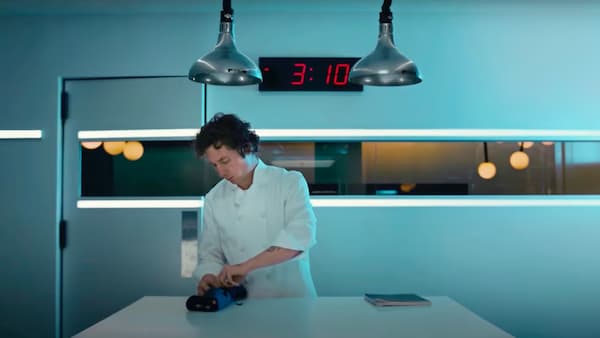 In my first article on ‘letting go’ as a musician I explored how we know when it is time to “let go” of a piece of music we have been learning and set it free in a performance setting or simply put the music aside for a while to prevent it growing stale with over-work. In my second article, I discussed how criticism and negative feelings can hold us back as musicians, and how ‘letting go’ of such feelings allows us to cultivate a greater sense of acceptance, self-reliance and confidence.
In my first article on ‘letting go’ as a musician I explored how we know when it is time to “let go” of a piece of music we have been learning and set it free in a performance setting or simply put the music aside for a while to prevent it growing stale with over-work. In my second article, I discussed how criticism and negative feelings can hold us back as musicians, and how ‘letting go’ of such feelings allows us to cultivate a greater sense of acceptance, self-reliance and confidence.
In this final instalment, I’m going to talk about the physical act, as a pianist, of letting go of the notes or releasing the keys; how this can influence the sound and effects we produce at the piano; and how letting go can liberate our playing, bringing greater expression and drama to the music.
Domenico Scarlatti: Keyboard Sonata in A Major, K.208/L.238/P.315 (Lucas Debargue, piano)
In my years as a piano teacher of children, teenagers and adults, and as a player myself, I have noticed a certain tendency to cling to the keys as if our lives depended on it. This is especially noticeable in early students or those who lack confidence about moving around the keyboard. Ask a student to shift the hand from one position to another on the keyboard and instead of lifting the hand out of the keyboard and moving it to the new position, they will attempt to get there by stretching the fingers. This is potentially harmful, putting unnecessary strain on the hand.
Having the confidence to let go of the notes and lift the hand out of keyboard enables us to create all sorts of wonderful effects, the simplest and most obvious being staccato or short, detached notes. Here the forearm and elbow assist by acting as a lever to “bounce” the hand and fingers out of the keyboard.
Lifting out of the keys and then allowing the hand to “drop” into the keyboard using the weight of the arms allows us to create a rich, orchestral sound and is particularly useful when playing loud chords without putting unnecessary strain on the hand and fingers alone.
Franz Liszt/ Nitin Sawhney: Water – Transition 5 – Annees de pelerinage, 3rd year, S163/R10: No. 4. Les jeux d’eau a la villa d’Este (Nitin Sawhney, keyboards; Hélène Grimaud, piano)

Yuja Wang
Letting go of the notes can also help define phrases by creating a minute break or breathing space between phrases. Singers and woodwind/brass players do this naturally, because they have to take physical breaths as they play. Clearly defining phrases is important in conveying the “punctuation” and drama of the music to the listener, and even if the next phrase begins on an adjacent note, a tiny lift out of the keyboard can highlight where one phrase ends and another begins. In these instances, the way you let go of the key is as important – perhaps more important – than how you land on it initially.
On a more artistic level, the act of lifting the hands out of the keyboard not only influence the character and quality of sound but also enhance the dramatic content and “explain” the music to the listener. Sensitive performers will adjust their gestures according to the character and mood of the music and try to avoid unnecessary or overly flamboyant movements.
For less confident players, letting go of the keys, moving the hand to a new position or lifting the hands off the keyboard can feel daunting and even quite unsettling, but being prepared to “let go” will liberate the player both physically and artistically.
For more of the best in classical music, sign up to our E-Newsletter




Ive come from an opposite approach. From a lot of wild limb movements to as quiet movements as possible and my artistic expression has got better because I am playing the music not the music playing me!!
to Lostinidlewonder: Hi, I came from the approach identical to yours (in this respect, at least), and I still find it the best. Please, share: what part of the world was your teacher from?
Australia. I studied with Roger Woodward.
Just a little background: I am 63 and started learning piano about 2 years ago. At times it is frustrating, but very rewarding. I do try to keep my fingers on the keys as much as possible as I am reading the music and don’t want to look down. I find that I lose my place at times when I do. However, there are times when it is necessary to come off the keys to play the next note or chord. Thankfully, I land correctly most of the time, and do look at the keys if it is a substantial leap for me. I do agree that it can be quite daunting, but is necessary for further progress.
Thank you for these articles. I always find them insightful, interesting and informative.